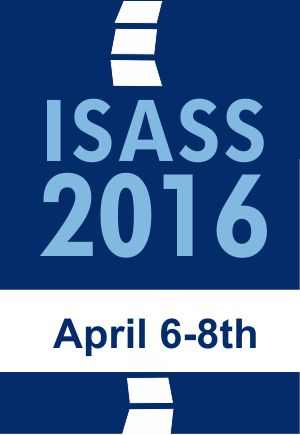
ISASS 2016: Mobile core disc associated with superior ROM vs. constrained core disc in TDR .
Segmental Range of Motion Preservation Following Lumbar Total Disc Replacement: Post Hoc Analysis of a Randomized Controlled IDE Trial
231 patients with symptomatic lumbar degenerative disc disease were randomized to undergo total disc replacement (TDR) with either a mobile core disc (MCD) or constrained core disc (CCD) implant system. The purpose of this posthoc analysis was to determine if either implant was associated with significantly improved postoperative range of motion, radiographic success, and clinical measures after two years. Results revealed that patients treated with MCD implants had significantly improved outcomes on all measures of interest and that patients who demonstrated >/= 6 degrees of improvement/maintenance in segmental ROM were more likely to additionally show significant improvements in pain severity and ODI scores.
Unlock the Full ACE Report
You have access to 4 more FREE articles this month.
Click below to unlock and view this ACE Reports
Unlock Now
Critical appraisals of the latest, high-impact randomized controlled trials and systematic reviews in orthopaedics
Access to OrthoEvidence podcast content, including collaborations with the Journal of Bone and Joint Surgery, interviews with internationally recognized surgeons, and roundtable discussions on orthopaedic news and topics
Subscription to The Pulse, a twice-weekly evidence-based newsletter designed to help you make better clinical decisions
Exclusive access to original content articles, including in-house systematic reviews, and articles on health research methods and hot orthopaedic topics































































